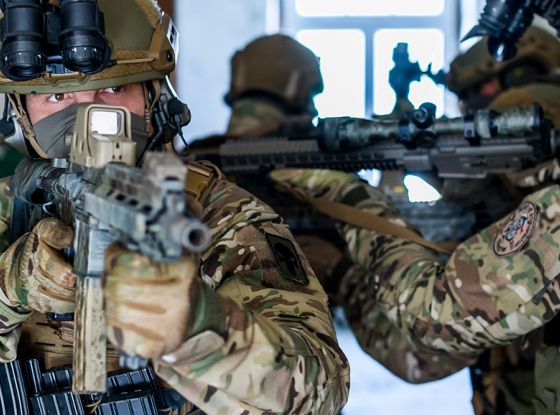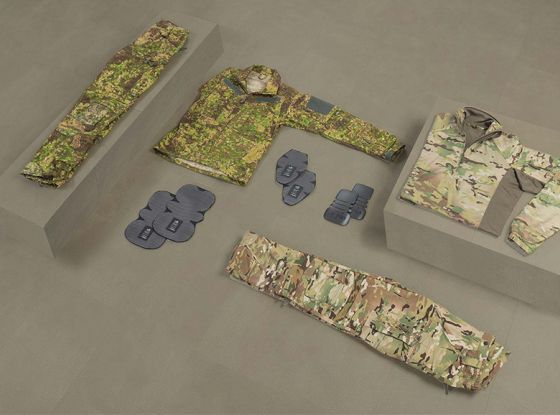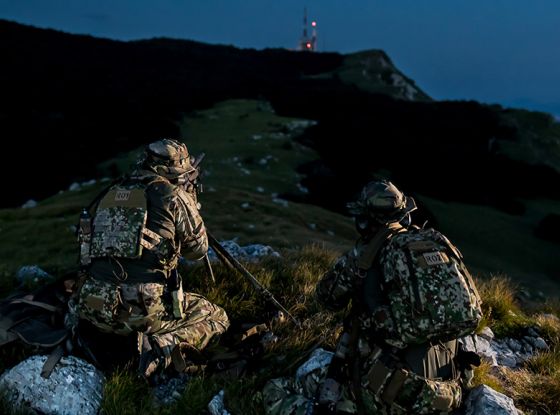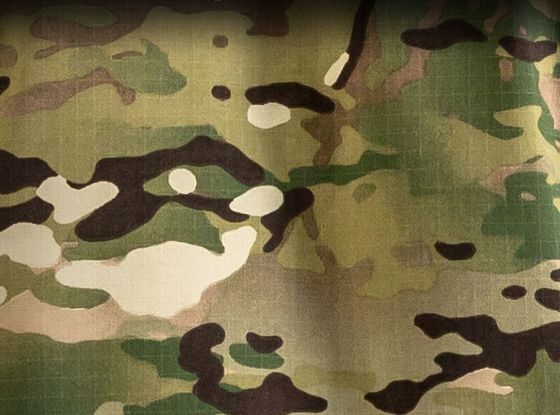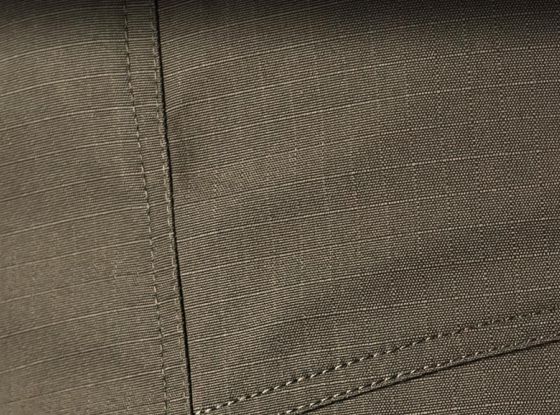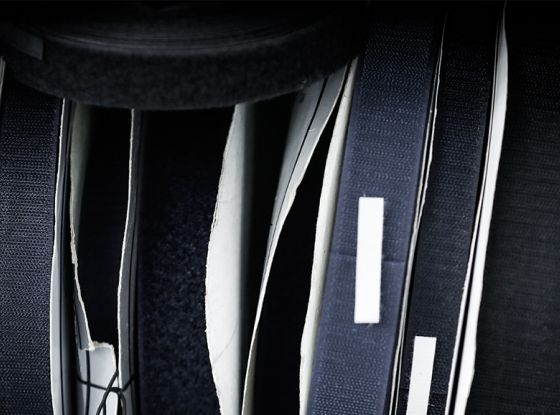Du denkst, taktische Bekleidung sei schwer, überfrachtet oder nur für Soldaten? Du irrst dich.
In this blog post:
- Mythos Nr. 1: Taktische Bekleidung ist nur für Militär oder Polizei
- Mythos Nr. 2: Mehr Taschen bedeuten mehr Funktionalität
- Myth #3: Tactical Clothing Is Heavy and Restrictive
- Myth #4: Tactical Clothing Only Protects from Bullets
- Myth #5: Tactical Clothing Is Expensive and Not Worth It
- Myth #6: Tactical Pants Are Just Cargo Pants with a New Name
- Conclusion
Moderne taktische Bekleidung ist leicht, vielseitig und für weit mehr als den Kampf geschaffen. Doch alte Vorurteile halten sich zäh. Sie prägen Meinungen, auch wenn sie schon längst nicht mehr wahr sind. Betrachten wir also die nüchternen Fakten und entlarven die größten Mythen über taktische Bekleidung.
Mythos Nr. 1: Taktische Bekleidung ist nur für Militär oder Polizei
Dieser Mythos ist vielleicht der hartnäckigste in der Welt der taktischen Bekleidung. Ja, taktische Bekleidung hat ihre Wurzeln bei Militär und Polizei, aber ihr Nutzen reicht inzwischen weit über das Schlachtfeld und den Streifenwagen hinaus.
Moderne taktische Bekleidung bedient ein breites Nutzerspektrum:
- Wettkampfschützen, die uneingeschränkte Bewegungsfreiheit und zuverlässigen Zugang zu Magazinen oder Werkzeugen benötigen.
- Rettungskräfte, die sich während langer Schichten unter unvorhersehbaren Bedingungen kein Versagen ihrer Ausrüstung leisten können.
- Outdoor-Abenteurer, deren Umgebungen Strapazierfähigkeit und Witterungsbeständigkeit erfordern.
- Zivilisten, die zuverlässige und vielseitige Bekleidung für Reisen, Wandern oder als Alltagsbekleidung schätzen.
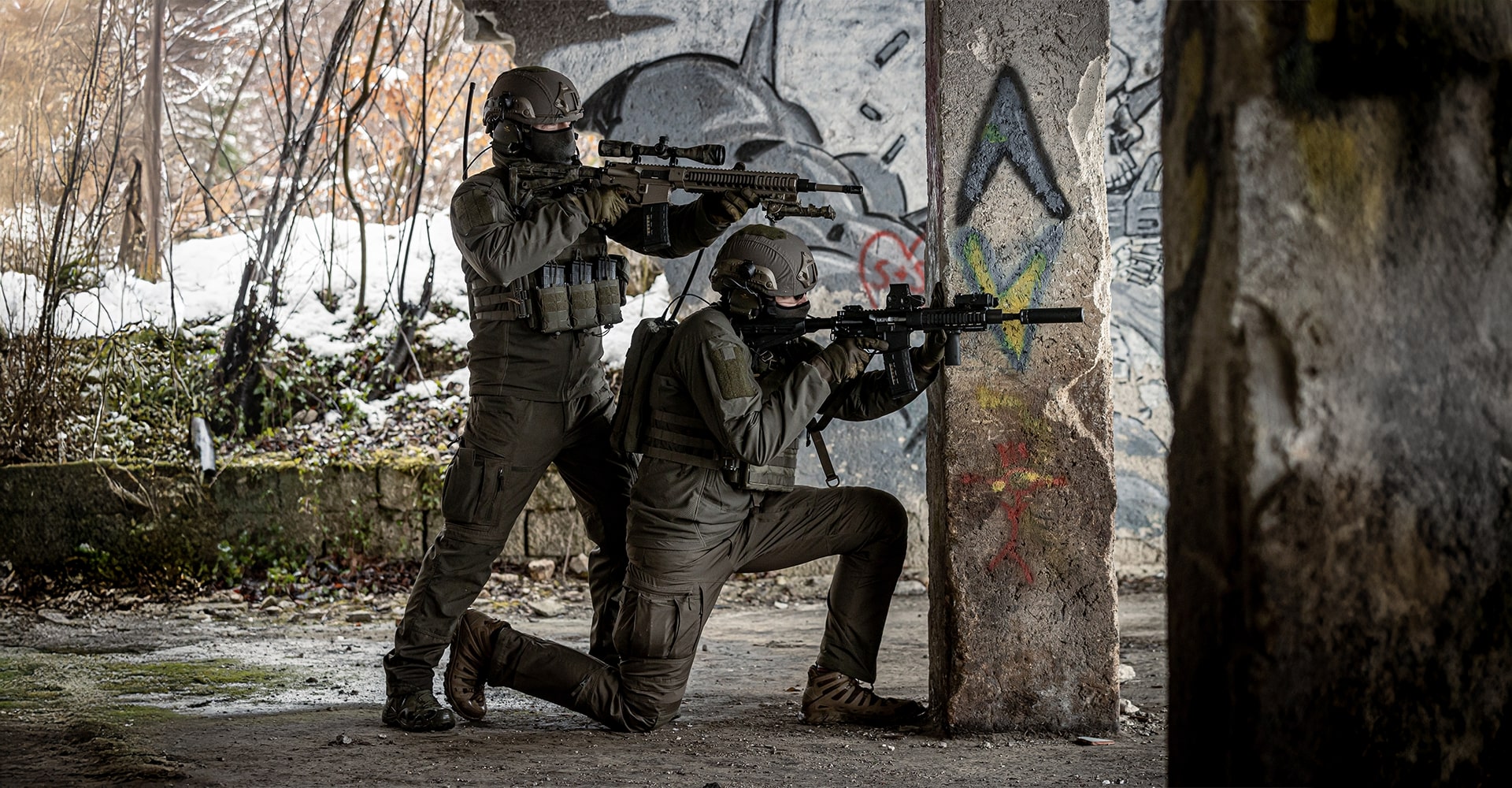
Einige moderne taktische Designs sind optisch diskreter geworden. Eine P-40 taktische Hose lässt sich nahtlos in den Alltag integrieren und bietet dabei verdeckten Stauraum, robuste Verstärkungen und ergonomische Bewegung. Taktische Bekleidung erweckt nicht mehr den Eindruck, als wolle man in den Krieg ziehen. Sie funktioniert heute in jeder Umgebung.
Mythos Nr. 2: Mehr Taschen bedeuten mehr Funktionalität
Die Denkweise „mehr ist besser“ plagt die Welt der taktischen Bekleidung seit vielen Jahren. Aber zu viele Taschen – schlecht platziert oder viel zu groß – verwandeln Bekleidung in Chaos.
Der wahre Unterschied liegt in der Zweckmäßigkeit:
- Strategische Platzierung stellt sicher, dass Gegenstände dort sind, wo deine Hand sie logisch erwarten würde.
- Sichere Verschlüsse und verstärkte Nähte halten starker Beanspruchung stand.
- Spezialisierte Fächer organisieren dein Werkzeug, damit es nicht in den Taschen verloren geht.
- Zugänglichkeit unter Druck, auch mit Handschuhen oder einem Tragesystem, sorgt dafür, dass du keine Zeit mit Fummeln vergeudest.
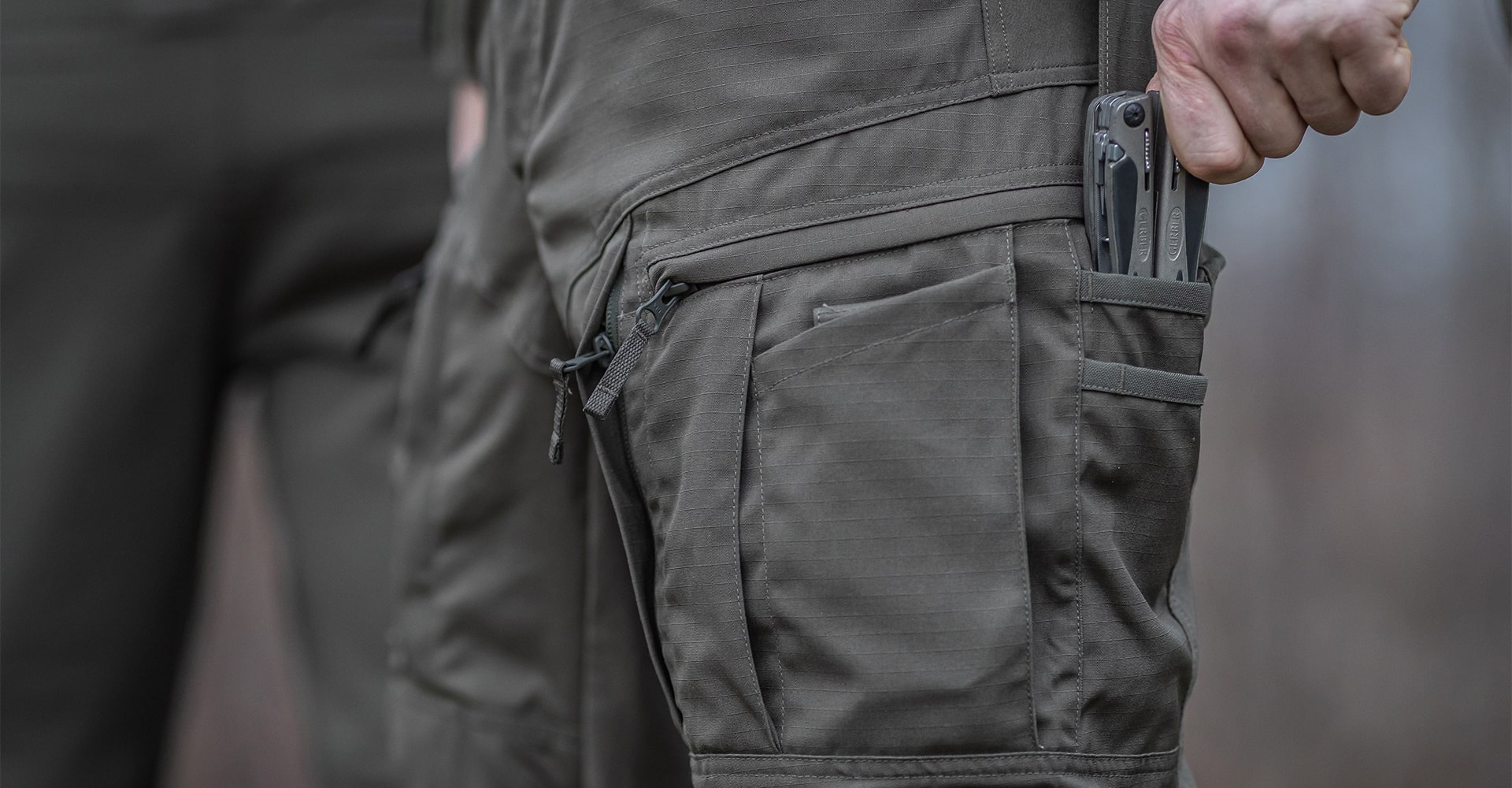
Normale Cargo-Hosen mit 10 zufällig platzierten Taschen erzeugen mehr Frust als Funktion. UF PRO Kampfhosen und taktische Hosen hingegen verfügen über durchdachte Taschenkonfigurationen, die immer funktionieren – ob du rennst, kriechst oder stundenlang sitzt. Das ist nicht nur zusätzlicher Stauraum – es ist Zugänglichkeit by Design.
SUBSCRIBE TO UNLOCK OUR EXCLUSIVE CONTENT
Enter your email and get timely updates and relevant intel on tactical topics directly to your inbox.
Du meldest Dich für unseren Newsletter an und Du kannst Dich jederzeit abmelden. Lese mehr in unserer Datenschutzerklärung.
Myth #3: Tactical Clothing Is Heavy and Restrictive
This misconception comes from outdated uniforms with stiff fabrics, boxy cuts, and clothing that slowed you down more than it helped.
Modern tactical clothing is designed to move with you, not against you. Key innovations include:
- Lightweight but durable materials such as PolyCo, CORDURA®, and Ripstop, which provide strength, breathability, and resistance to tears and abrasion.
- Integrated bi-elastic stretch panels that give critical zones flexibility, support a full range of motion, and maintain durability under stress. These panels are crafted from advanced fabrics designed for performance in demanding conditions (learn more about the materials here).
- Ergonomic tailoring that follows the body’s natural lines, reducing bulk while improving comfort and freedom of movement.
- Climate-control features such as mesh ventilation and moisture-wicking zones, keeping you dry and comfortable in demanding environments.

Think about crouching behind cover or climbing into position. You need clothing that follows your every move. The latest generation of combat and tactical pants and shirts is engineered for agility, proving that tactical clothing is now synonymous with freedom of movement.
Myth #4: Tactical Clothing Only Protects from Bullets
Ballistic protection comes from armor plates and vests, not clothing itself. Tactical clothing is designed to defend against the everyday hazards that operators face:
- Rough terrain and abrasions from crawling or sliding.
- Harsh weather, including rain, wind, and freezing cold.
- Dirt and moisture, blocked by DWR coatings and waterproof laminates.
- Impact and stress, reduced by modular kneepads, reinforced elbows, and padded zones.
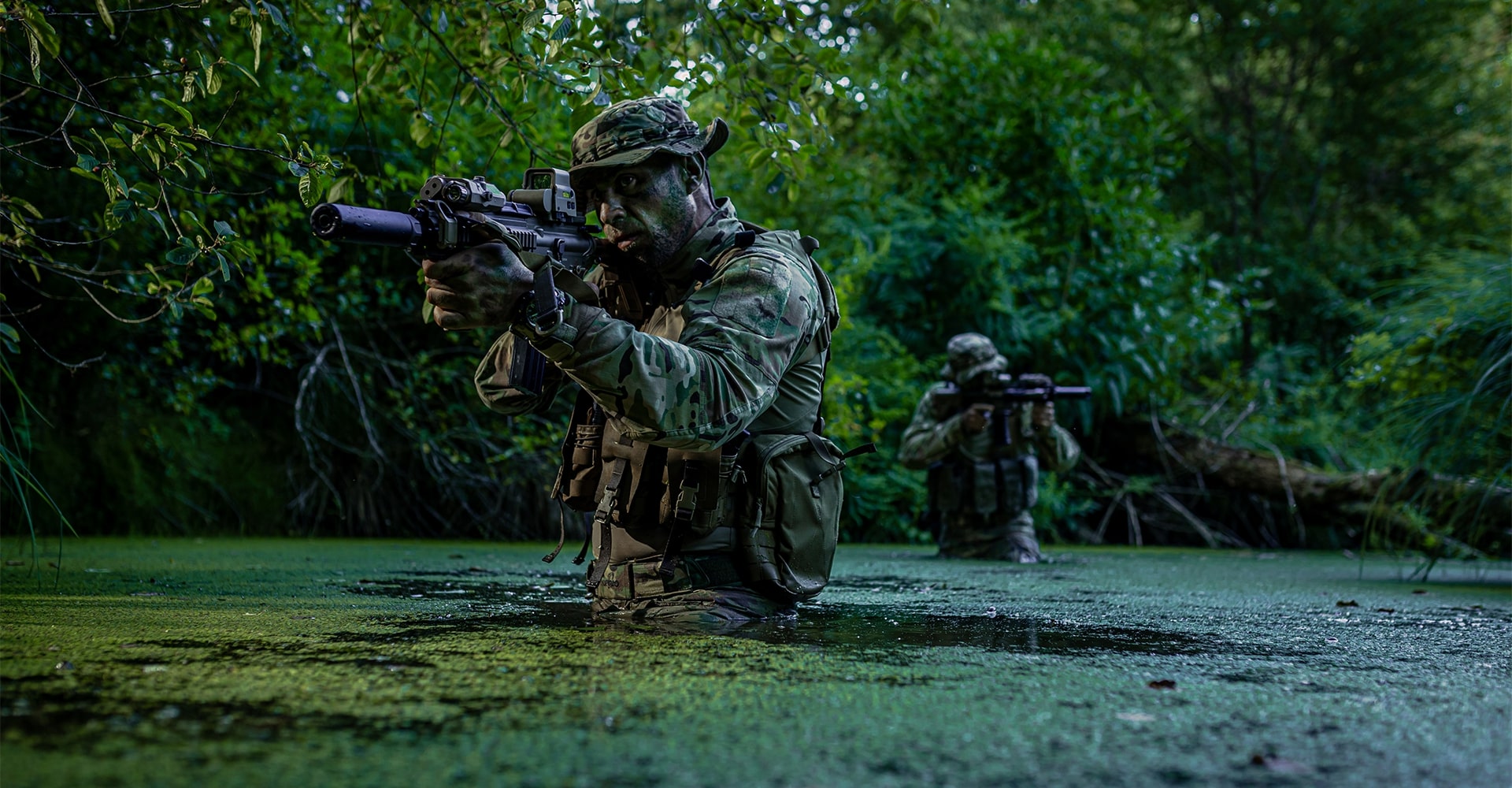
Rather than acting as armor, tactical clothing shields you from environmental and physical challenges, keeping you focused on the task at hand. For protection against ballistic threats, specialized solutions from Mehler Protection provide the armor you need.
Myth #5: Tactical Clothing Is Expensive and Not Worth It
At first glance, premium tactical clothing may seem costly. But the equation changes when you look at performance and longevity.
Here’s what you’re investing in:
- Durability: Fabrics that resist tearing, abrasion, and environmental stress.
- Functionality: Every seam, zipper, and pocket layout engineered to work under pressure.
- Versatility: Clothing that transitions from training grounds to backcountry treks, or from urban shifts to long days outdoors.
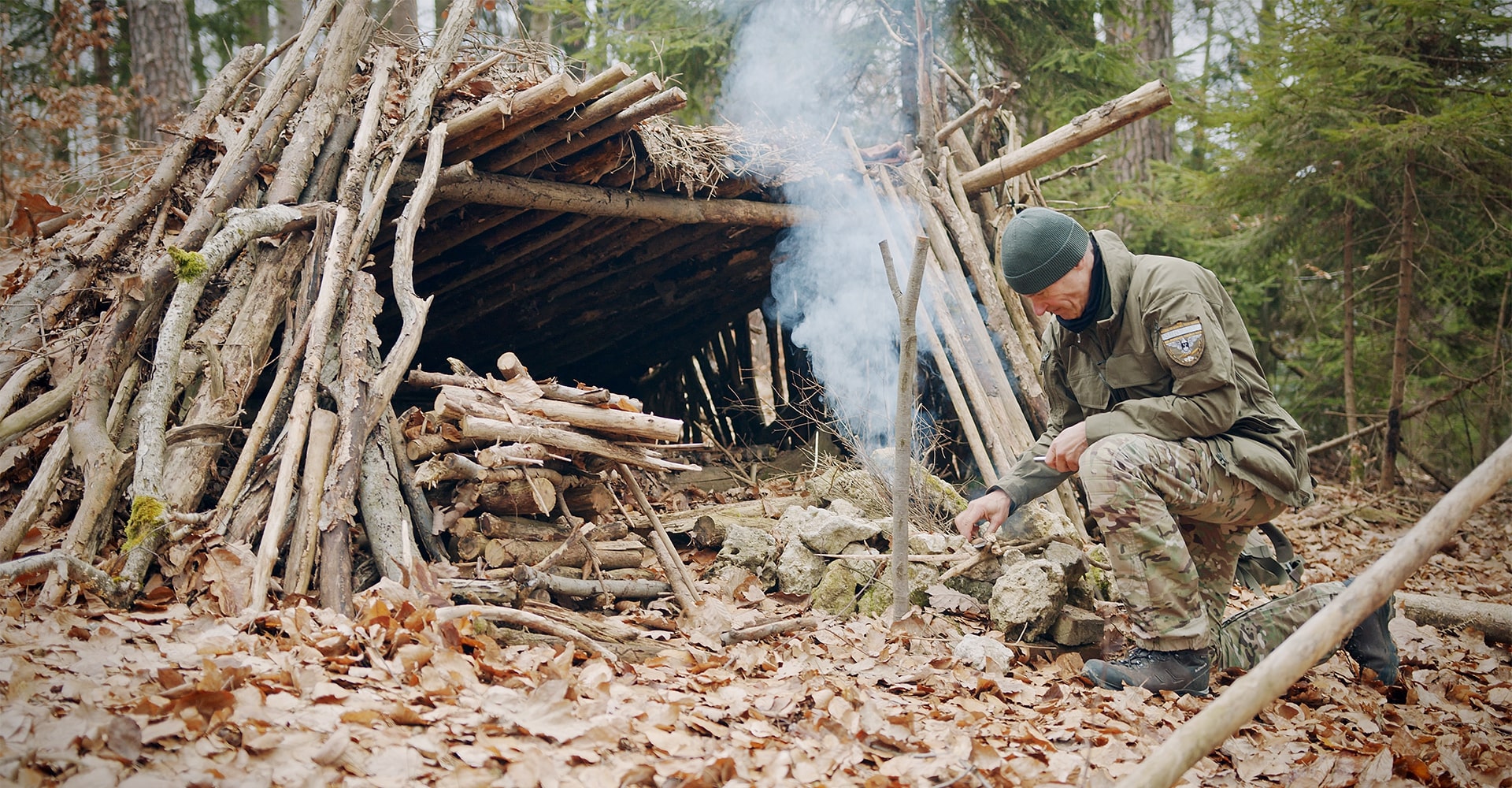
While cheap clothing may fail after months, quality tactical clothing is built to withstand years of heavy use. It’s not about price; it’s about dependability when it matters most.
Myth #6: Tactical Pants Are Just Cargo Pants with a New Name
At first glance, tactical pants and cargo pants might look similar — multiple pockets, rugged fabrics, utility in mind. But the comparison stops there.
- Tactical pants are engineered for performance. Reinforced stress points, articulated knees, and stretch zones let you move fluidly without tearing seams.
- Cargo pants are built for storage, not movement. They often sag, lack reinforcements, and don’t adapt to body mechanics.
- Integrated features like kneepad systems, moisture management, and abrasion-resistant fabrics are what separate tactical pants from casual cargo wear.
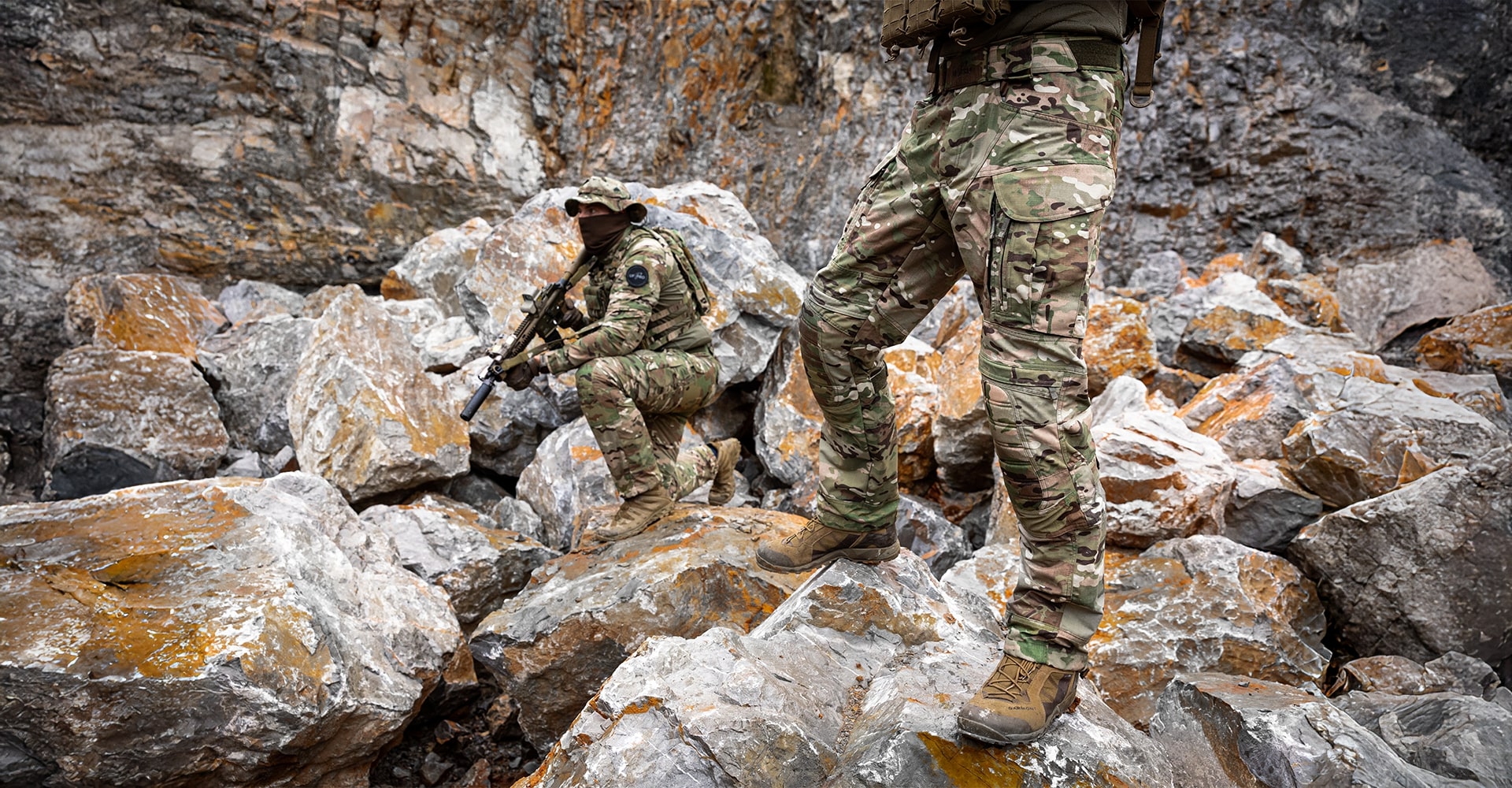
In short, all tactical pants are functional, but not all cargo pants are tactical. One is for carrying groceries, and the other is for enduring hours in the field, climbing walls, or sprinting.
Conclusion
Tactical clothing is no longer niche equipment reserved for combat roles. It’s a modern toolkit for movement, resilience, and adaptability, whether scaling ridgelines, running drills on the range, responding to emergencies, or simply facing the demands of everyday life.
What was once heavy, rigid, and limited has become lighter, smarter, and more versatile than ever. As challenges evolve, tactical clothing will continue to redefine what professionals and everyday users can expect from performance apparel.
Möchtest du immer noch mehr?



